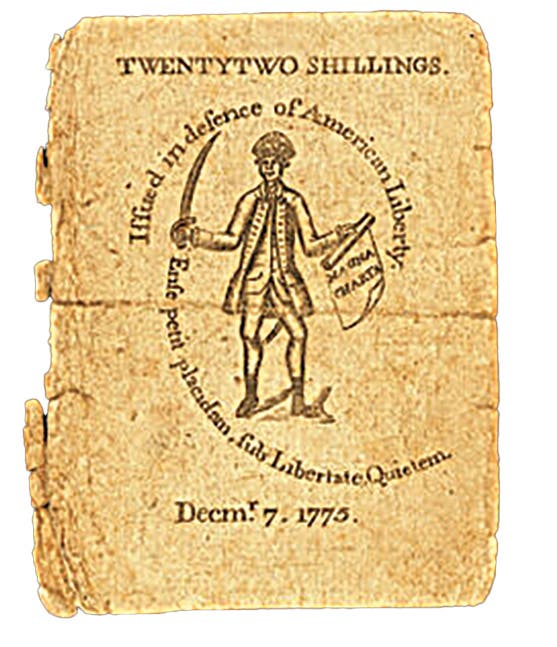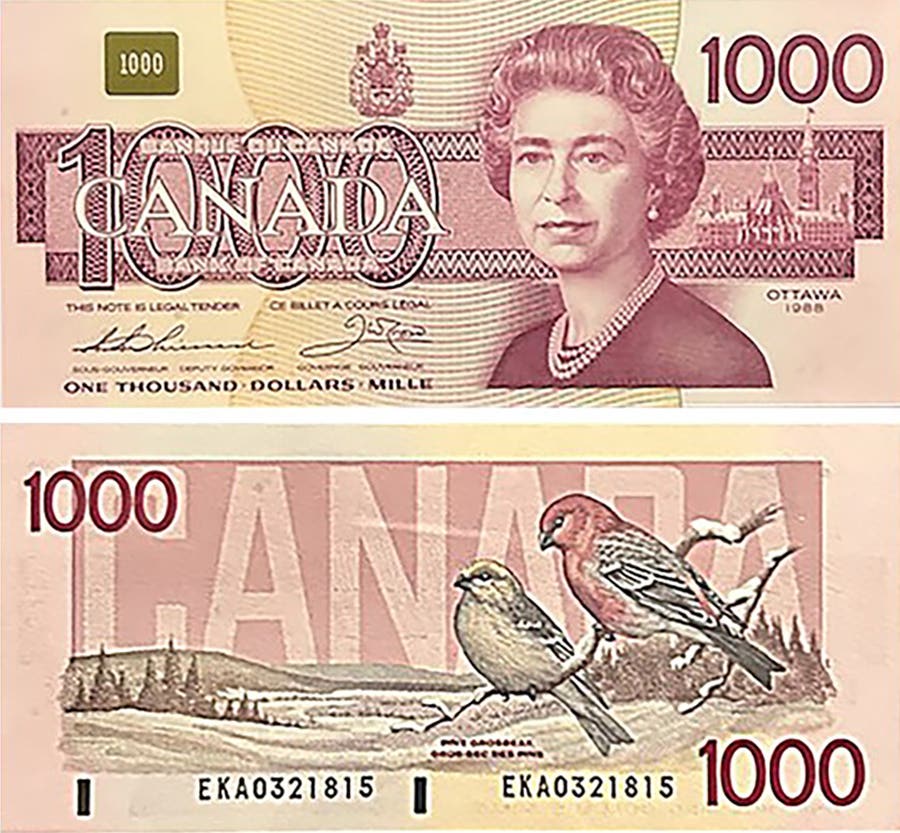Release of National Bank and National Bank Note Summary Data
The Society of Paper Money Collectors has just posted four huge Excel data sets that you can download and manipulate. They provide a big picture overview of the note-issuing national…
The Society of Paper Money Collectors has just posted four huge Excel data sets that you can download and manipulate. They provide a big picture overview of the note-issuing national banks and the national bank notes that those banks issued. See: https://www.spmc.org/nb-nbn-summary-data
The information in these tables is exactly what I wish I had at my fingertips when I got into the national bank note game in 1964.
1 – Summary Bank Data (1863-1935, all charters 1-14348)
15,891 entries
Organization date if available
Charter date
Opening date (1901-1909)
Closing date with fate if before 1936
Last outstanding circulation
Summary corporate history
2 - Bank presidents, cashiers, total bank resources, taxable circulations by year (1863-1935)
337,619 entries
3 - National bank notes issued by bank title (1863-1935)
81, 261 entries
Exact titles found on issued notes
Series/type/sheet combination with beginning and ending serial numbers
Title change dates
( ) = formal title change date for new titles applied for by the bankers
[ ] = date between the end or start of unofficial and error titles
Supplemental title information
4 – Index to the Bureau of Engraving and Printing certified proofs (Series of 1875, 1882, 1902, some Original)
45,231 entries
Smithsonian scan number - images available in the Bank and Bankers database
Bank
Series
Type
Sheet combination
Plate letters
Treasury signatures
Certification date (1876-1929)
Plate date
Sorting aids (columns O through W)
Use
I migrated these data into downloadable EXCEL spreadsheets so you can manipulate the data at will. Your ingenuity will be rewarded by gaining insights you can’t imagine. Try the following to hone your skills.
Use the Van Belkum issuance data—Spreadsheet 3—to arrange all the note issuances for a state by bank/type/sheet combination/smallest to largest emission.
Use the index to the BEP proofs—Spreadsheet 4—to sort out all the issuances of a given type in the country that carry a rare signature combination such as Series of 1882 date backs with Lyons-Treat signatures.
The Van Belkum data—Spreadsheet 3—reveal that The Fulton National Bank of New York, charter 1497, an Original Series-only issuer, received 49,000 notes yet none have been found. To understand why, see the taxable circulation in the Pollock data set—Spreadsheet 2. Hint, the bankers only had to pay tax on notes they put into circulation.
The rarity of a given national bank note generally is related to how many were issued (the fewer, the rarer), when they were current (the older, the rarer), the span of the issuance (the shorter, the rarer), the circulation at the time they were current (the less, the rarer), etc. You now have between these spreadsheets all the data you needed to begin to seriously assess the likelihood that you will find a note of particular interest to you.
Caveats
The data presented is primarily transcribed from Comptroller of the Currency annual reports and contemporary records maintained by the Comptroller of the Currency’s staff that are now housed in Record Group 101 at the National Archives in College Park, Maryland. The accuracy and completeness of these data, particularly such things as the summary corporate histories in Spreadsheet 1, are dependent upon reports having been received by the Comptroller’s office from the bankers and the fidelity with which the information was recorded. This information is known to be incomplete, especially information pertaining to predecessor and successor territory/state-chartered banks and mergers involving territory/state-chartered banks. Consequently, the information provided should be viewed as a starting point as you research a particular bank.
I was unable to recover organization dates for every bank because groups of organization reports are missing. Similarly, opening dates were recorded only for a few years after 1900.
The sources for the names of the bank presidents and cashiers presented in Spreadsheet 2 are listed within the spreadsheet. Be certain to consult the SPMC Banks & Bankers Database when you delve into a particular bank because administrator Mark Drengson and several SPMC members have been scouring secondary sources to correct erroneous entries, find the full names of the presidents and cashiers, and list other officers in the bank. The remarkable database they are compiling is greatly fleshed out with biographical profiles of the bankers and details pertaining to individual bank histories. So be sure to follow up your work with Spreadsheet 2 by checking the SPMC Banks & Bankers Database for the latest up-to-date information!
Sources of Information
Spreadsheet 1 – This is the entire 400-page Louis Van Belkum 1968 brown book summary of the corporate lives of the banks to which I added all the available dates of organization, charter and opening plus other corporate information noted on the duplicate organization reports available in the National Archives.
Organization dates: Organization Reports, National Currency and Bonds ledgers, plate dates on proofs
Charter dates: Organization reports, Certificates of Authority to Commence Business
Opening dates (1901-1909): Organization Reports
Closing dates if before 1936 with fate of bank: Comptroller of the Currency Annual Reports
Last outstanding circulations: Comptroller of the Currency Annual Reports, National Currency and Bond Ledgers
Summary corporate histories: Van Belkum (1968), Organization Reports
Spreadsheet 2 - Andrew Pollock’s yearly abstracts of bank presidents and cashiers, bank resources and circulations from the annual reports of the Comptroller of the Currency fleshed out by Mark Drengson and me in the cases where annual reports were not available to Pollock.
Comptroller of the Currency Annual Reports (primary)
Bankers Magazine, various bank directories (secondary)
Spreadsheet 3 - Van Belkum’s compilation of national bank note issuances supplemented with updates and corrections by me included the exact bank title on every note.
Exact titles found on issued notes: BEP certified proofs, observed notes, listings of title changes in Comptroller of the Currency annual reports
Series/type/sheet combination/beginning and ending serial numbers: National Currency and Bond Ledgers
( ) = formal title change dates for new titles applied for by the bankers: Comptroller of the Currency Annual Reports
[ ] = date between the end or start of unofficial titles that appeared on notes: BEP proofs, Series of 1929 overprinting plate billing ledger
Supplemental title information: Comptroller of the Currency annual reports
Spreadsheet 4 - Index to the scans of all the Bureau of Engraving and Printing national bank note proofs in the National Numismatic Collection compiled by me from data collected by a Smithsonian volunteer crowd-sourced compilation of data from the proofs
These compilations represent thousands of hours of work. My wife Kathleen Kimball spent months working parttime to retyping Louis Van Belkum’s brown book into Spreadsheet 1. Andrew Pollock spent three years at 40 to 80 hours per week to assemble Spreadsheet 2. It took 3-1/2 months of 40-hour weeks to enter Van Belkum’s issuance data from his data cards onto Spreadsheet 3. In contrast, it took over 11 years, from 1968 to 1979, for Van Belkum and his wife Barbara to abstract the issuance data from the National Currency and Bond Ledgers in the National Archives. That work required innumerable driving trips between their home in Grand Rapids, Mich., and Washington D.C.
Report Problems
Everyone makes transcription mistakes and typos—everyone: the clerks in the Comptroller’s office who recorded the data, the typesetters who prepared the Comptroller annual reports, the clerks who sent plate orders to the printers, the siderographers who laid-in the bank information on the printing plates, and the compliers of these spreadsheets. Serious strides have been and continue to be made to clean up such problems.
Send glitches you find to: peterhuntoon@outlook.com








